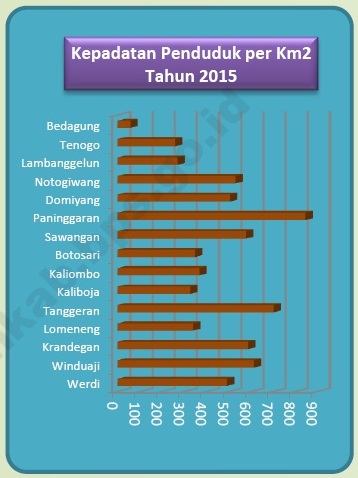
Evaluasi penduga HB dan RBHB dilakukan dalam konteks perkiraan persentase kemiskinan tingkat kecamatan di Provinsi Jawa Tengah. Posterior Mean Squared Error (PMSE) kemudian digunakan sebagai ukuran variabilitas untuk penduga RBHB. Penduga HB (rata-rata posterior) dimodifikasi dengan ratio benchmark untuk mendapatkan penduga Ratio Benchmarked HB (RBHB).

Rata-rata posterior dan varian posterior parameter diperoleh dengan menggunakan metode Markov Chain Monte Carlo (MCMC) algoritma Gibbs Sampling.

Studi ini menggunakan model level area dengan metode Hierarchical Bayes (HB) untuk memperkirakan area tersampel maupun yang tidak. Prediksi dimodifikasi sehingga jumlah tertimbang memenuhi benchmark. SAE sering kali melibatkan pembuatan prediksi dengan model estimasi yang diikuti dengan langkah benchmarking. Masalah muncul ketika penduga yang dihasilkan ketika diagregasikan tidak sesuai dengan statistik resmi yang dipublikasikan untuk level di atasnya. Small Area Estimation (SAE) adalah metode yang digunakan untuk memperkirakan area kecil dengan sedikit atau tanpa sampel. Badan Pusat Statistik (BPS) belum dapat menghitung beberapa indikator penting hingga daerah kecil, seperti kecamatan, karena sampel dalam survei tidak representatif. Ketersediaan data yang akurat merupakan aspek penting untuk mendukung pembangunan. Restricted to Repository staff only until 1 October 2023. Masters thesis, Institut Teknologi Sepuluh Nopember.

Anthropology.Benchmarking Hierarchical Bayes Small Area Estimator (Studi Kasus: Estimasi Persentase Penduduk Miskin Level Kecamatan di Provinsi Jawa Tengah). WorldView-2 Image, Green Open Space, Population Density It can be concluded that the area of green open space in the Serengan sub-district has not met the amount stipulated in Law Number 26 of 2007, while the results of the analysis of the suitability of green open space with the population according to ministerial regulation 5 of 2008 have met the standard of 20 m^2/ population in every sub-district in the sub-district. The results showed that the area of green open space in Serengan District was 11.413202 ha or 3.57% of the area of Serengan district where 3.49% with an area of 11.09343 ha was public green open space and 0.09% with an area of 0.309172 ha was Private RTH. This research method uses image interpretation to determine the area of green open space based on the population, namely multiplying the total population by the minimum area / environmental unit of each village or 20 m^2 / population to determine the availability of green open space obtained from the calculation of green open space in the study area. The object of study is Green Open Space with Total Population. The method used in this research is Geographical Information System Analysis to identify the suitability of green open space with the total population using WorldViev-2 high resolution imagery. The purpose of this study (1) to analyze the availability of green open spaces in Serengan sub-district (2) to analyze the suitability of green open spaces with the total population. One of the factors that influence the wide difference in green open space is the large number of people who are proportional to the existence of dense settlements because residents need space to build settlements and cause the erosion of green open spaces.

Demands for space requirements that result in changes in land use, namely the presence of population development. The proportion of Green Open Space in City Areas based on Law Number 26 of 2007 concerning Spatial Planning is at least 30% of the Area of an Area of which 20% is Public RTH, 10% is Private RTH.


 0 kommentar(er)
0 kommentar(er)
